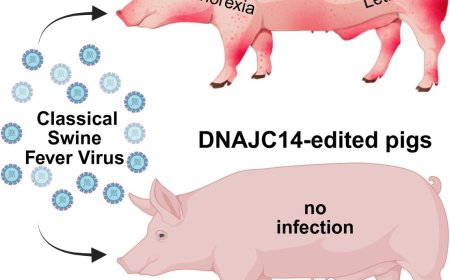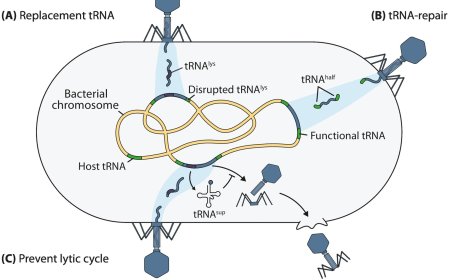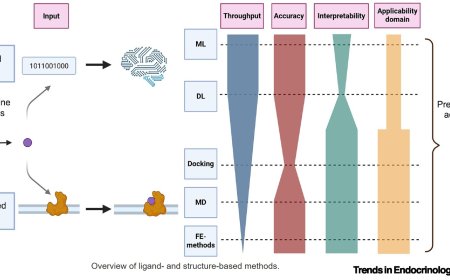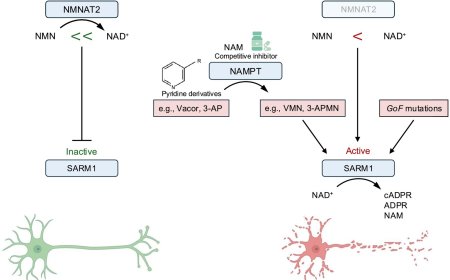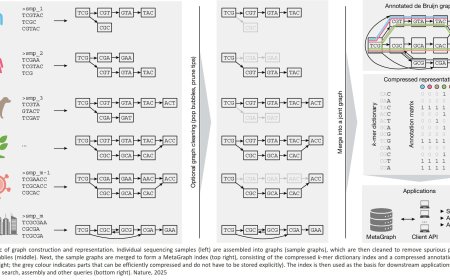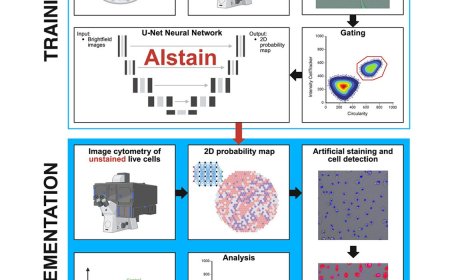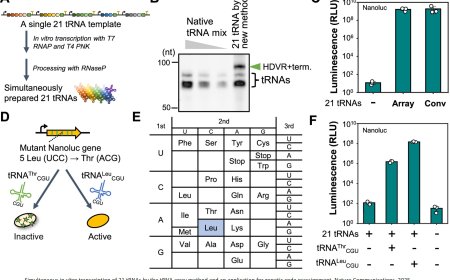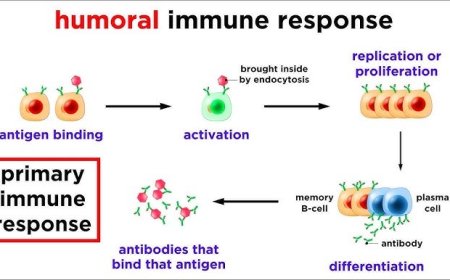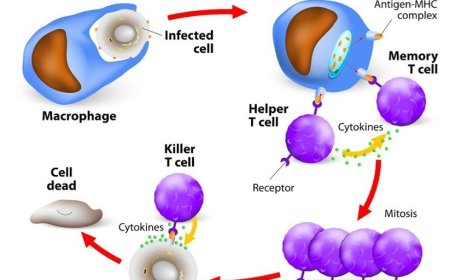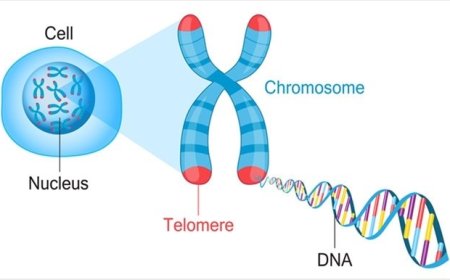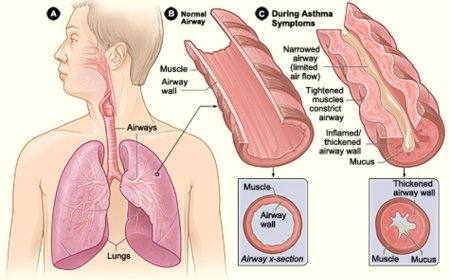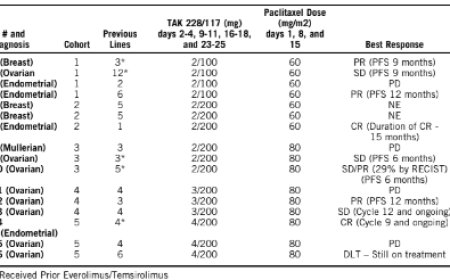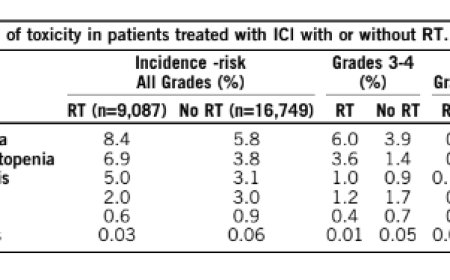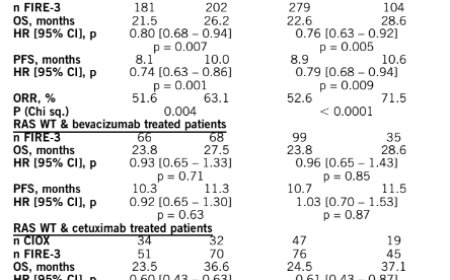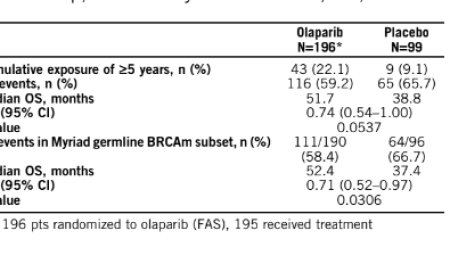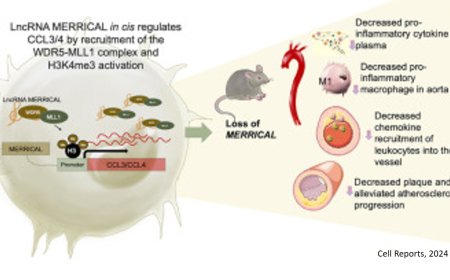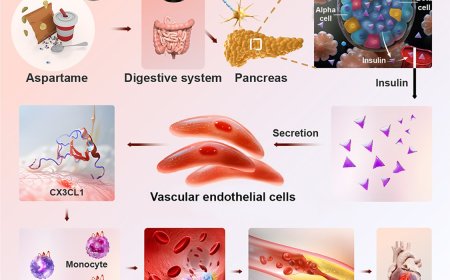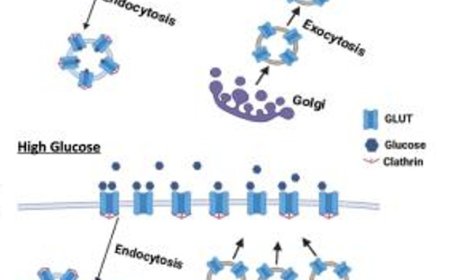A female-specific mechanism for energy expenditure in brown adipose tissue
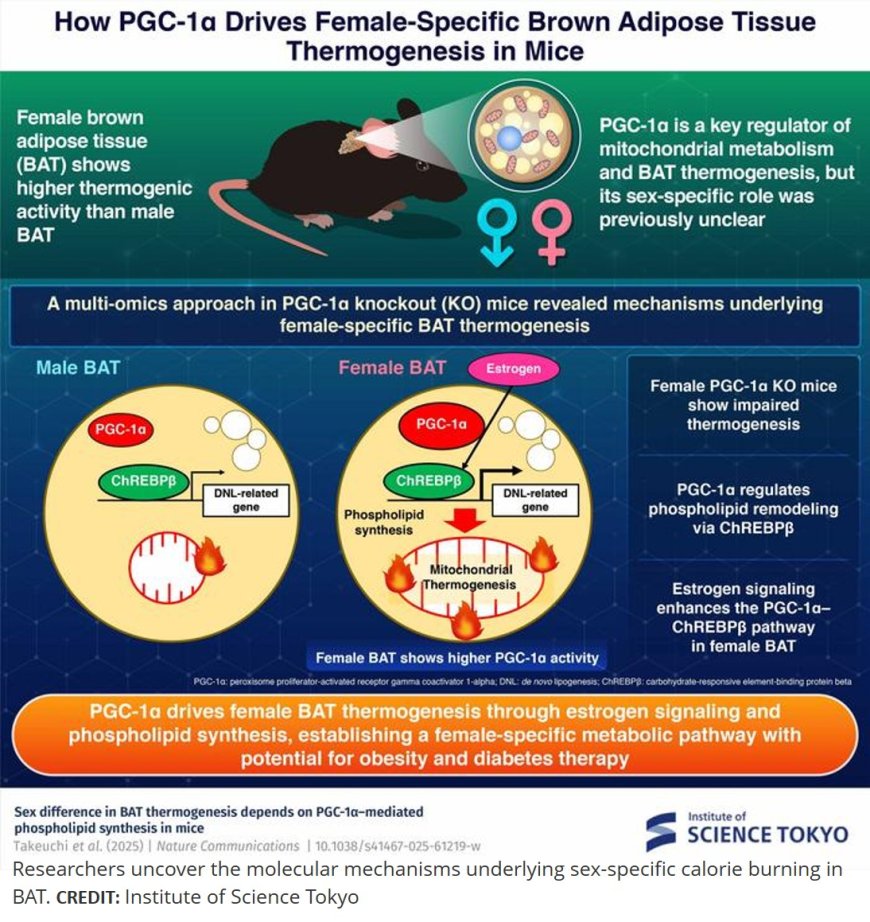
Obesity is a major global health concern, contributing to diabetes and a range of metabolic disorders. Interestingly, while obesity affects both sexes, women are generally less prone to obesity-related diabetes and cardiovascular diseases, compared to men. While the biological reasons for this difference are not fully understood, one potential factor is brown adipose tissue (BAT)—a specialized fat tissue that dissipates energy as heat to maintain body temperature. Previous studies have shown that BAT is more metabolically active in females than in males, but the exact molecular mechanism has remained unclear.
To address this question, a research team set out to investigate the mechanism underlying the sex-specific activity of BAT. The findings were published in the journal Nature Communications.
Peroxisome proliferator-activated receptor gamma coactivator 1-alpha (PGC-1α) is a key regulator of energy metabolism and mitochondrial activity, found in tissues including brown fat, heart, skeletal muscle, and brain.
“PGC-1α is a master regulator of mitochondrial function in BAT,” explains the author. “So, to uncover the sex-specific mechanism of BAT, we focused on the activity of PGC-1α.”
Using genetically modified mice that lacked PGC-1α protein only in BAT cells, the team compared the male and female mice with multi-omics approaches, including transcriptomics (to assess gene expression), metabolomics (to analyze energy metabolites), and lipidomics (to profile lipid composition) to elucidate the protein’s role in detail.
According to the results, removing PGC-1α impaired BAT thermogenesis only in female mice, as evidenced by their lower body temperature during cold exposure. Additionally, they showed reduced oxygen consumption, and their mitochondria had fewer and less organized cristae—the internal folds where energy production occurs.
Molecular profiling revealed key insights into this mechanism: PGC-1α activates genes involved in de novo lipogenesis (DNL), in part through carbohydrate-response element-binding protein beta (ChREBPβ)—a transcription factor that regulates expression of DNL-related genes. This pathway boosts the production of certain phospholipids, including ether-linked phosphatidylethanolamine and cardiolipin, which are essential for maintaining mitochondrial structure and function. Without these lipids, mitochondria become less efficient, reducing the tissue’s ability to generate heat.
Notably, the PGC-1α–ChREBPβ lipid synthesis pathway was further enhanced by estrogen signaling, which increased the expression of lipid metabolism-related genes in female BAT.
“This coordination between PGC-1α and estrogen explains why female BAT outperforms male BAT in energy expenditure,” says the author. “It could also be an entirely new target for therapies to enhance lipid metabolism.”
To support this, the researchers conducted additional experiments showing that suppressing ChREBPβ in female BAT reproduced the same mitochondrial defects and reduced thermogenesis observed with PGC-1α deletion. This effect was not observed in males, highlighting the sex-specific characteristic of the mechanism.
Overall, the study provides new insight into how biological sex shapes energy metabolism—identifying PGC-1α-mediated phospholipid synthesis as a key regulator of BAT thermogenesis. Stimulating this pathway could promote energy expenditure, improve metabolic health, and prevent obesity and type 2 diabetes. The findings set the stage for new interventions based on metabolic mechanisms, paving the way toward a healthier future.
https://www.nature.com/articles/s41467-025-61219-w
https://sciencemission.com/Sex-difference-in-BAT-thermogenesis
